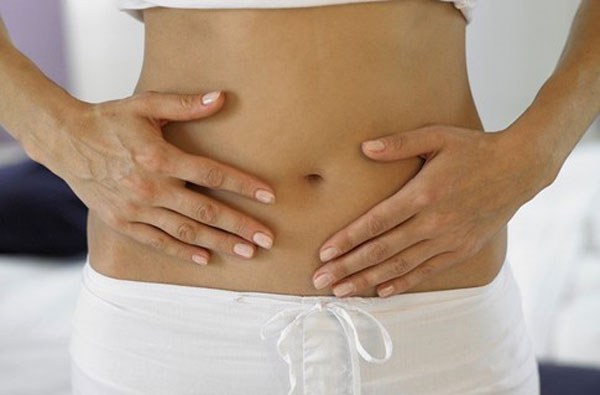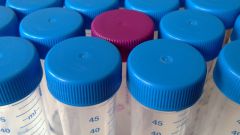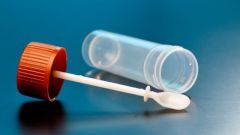Instruction
1
Only a specialist can properly evaluate and analyze the functioning of any organ. There are several methods of examination of the intestines, one of them is ultrasound. With the help of ultrasound can detect some pathology, but not all. This is due to availability only bowel located directly adjacent to the abdominal wall. Ultrasound should be prepared in advance. Within three days should follow a diet and take medications improving digestion and reducing flatulence. Before the procedure, the bowel needs to be emptied.
2
Verification of the intestine can be various hardware methods such as anoscopy, colonoscopy or sigmoidoscopy. They are all similar and require the introduction into the rectum through the anus of special devices, equipped with cameras. Such a study allows us to detect polyps, fissures, tumors, stagnation of feces. All hardware diagnostic procedures require some preparation, in particular dieting and bowel movement. And since these manipulations are quite unpleasant and even painful, it is often used in anesthesia.
3
Another way to check the bowel is x-ray examination called a barium enema. The essence of this method lies in the fact that at first in the intestine using an enema the injection of contrast medium which is a solution of barium. Then the picture is taken. X-rays are absorbed by the barium, which enables the detection of some pathology. Most often the study is conducted twice. The first picture is taken immediately after administration of contrast material, and the other after the release of the intestine from the solution. Thus, the doctor will be able to see the difference and to assess the condition of the gut.
4
If you want to check yourself, try, use the folk remedy. Grate raw beets on a grater and then squeeze out the pulp juice and let stand two hours. Drink a half Cup and follow the emptying of the bladder or bowel. If the urine will become beet hue, and the bowel is not emptied, it can talk about serious issues.
Note
If you have problems with bowel movement, immediately contact your doctor. Constipation is very dangerous and threaten the formation of fecal stones and perforation of the colon.
Useful advice
Always monitor your digestion in order to avoid serious problems.




